
Photo: Auckland University Press
Why does sport mean so much to New Zealanders? Do Kiwis punch above their weight internationally? What role have Maori played in NZ's sporting life?
And why did rugby become more popular than football? These are questions that academic and sport enthusiasts, Greg Ryan and Geoff Watson have attempted to answer in their book, Sport and the New Zealanders: A History.
They join Kathryn to talk through New Zealand's rich tapestry of sporting life.

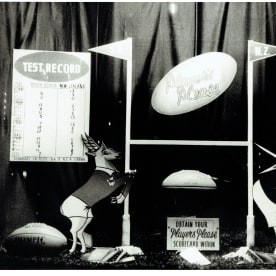
Arguably, the 1956 Springbok tour represented the high-water mark of rugby nationalism in New Zealand. The All Blacks prevailed 3–1 in an intensely contested series. Businesses were well aware of public interest in the tour, as seen in this window display at G. Mitchinson, Tobacconist, in Featherston Street, Wellington. W. D. & H. O. Wills (NZ) Ltd, courtesy of New Zealand Rugby Museum, Palmerston North, F1086a

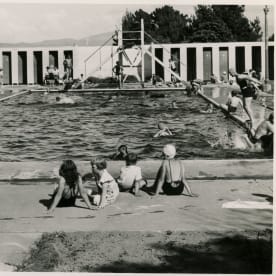
Swimming pools were readily available in New Zealand compared to many other places in the world. Pictured here c. 1950 are the Hokowhitu School Swimming Baths in Palmerston North, which were built by unemployed workers on a relief scheme during the depression. Manawatū Heritage, Palmerston North, 2014P_Sc88b_007714

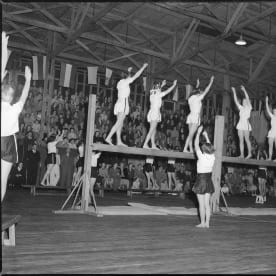
A gymnastics display held at the opening of a new YMCA, probably in Palmerston North. The YMCA and YWCA were important patrons of sport in New Zealand. Manawatū Heritage, Palmerston North, 2014N_ELMAR_008406
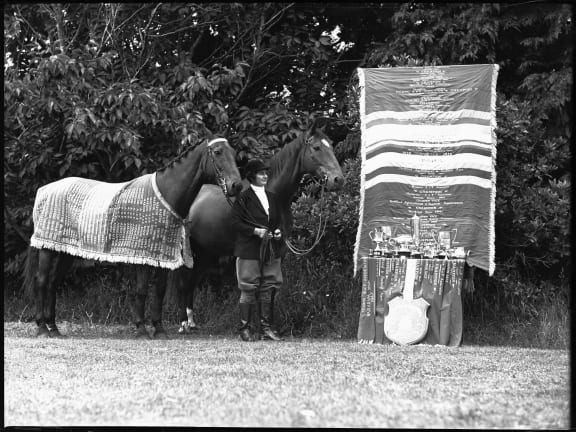

Agricultural and pastoral associations played an important role in promoting sport, as providers of both facilities and sporting events, notably show days. Here Miss White poses with trophies won at shows in Wairarapa, Manawatū and Taranaki. Manawatū Heritage, Palmerston North, 2011G_ELMAR-3_005456

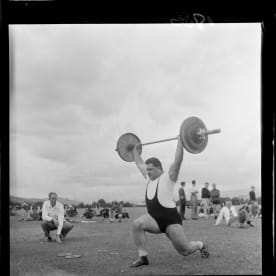
An unidentified weightlifter competing at the Petone Recreation Grounds, Wellington, in 1956. Alexander Turnbull Library, Wellington, EP ⁄ 1956 ⁄ 2876-F
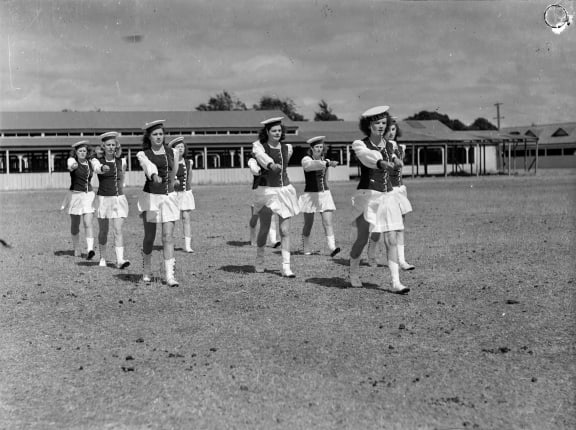

A marching team practising in the 1940s, probably in Palmerston North. Introduced in the interwar period, marching peaked in popularity during the 1970s and 1980s. Manawatū Heritage, Palmerston North, 2013G_ELMAR-B5_006957














